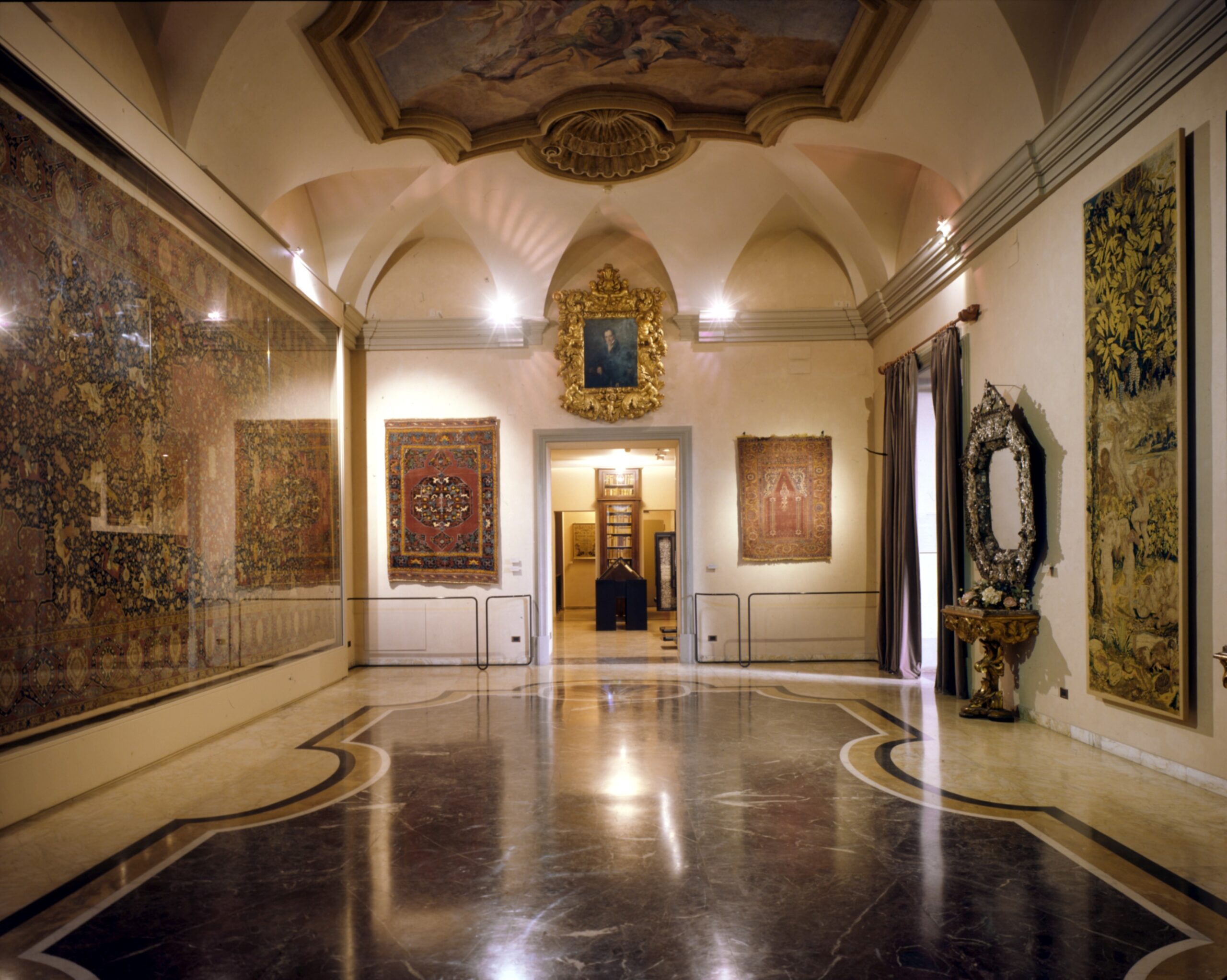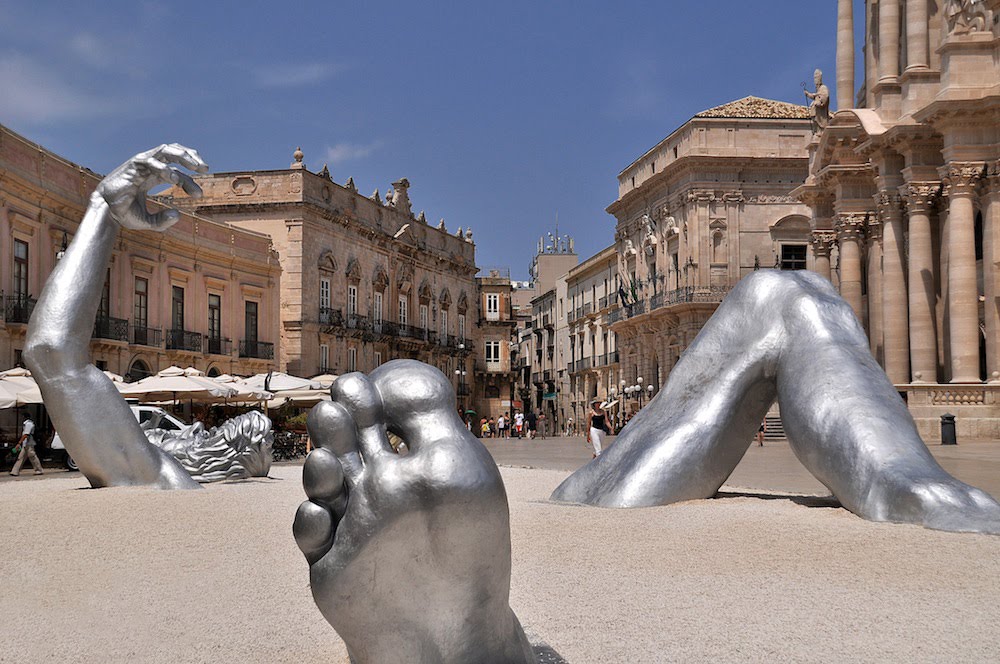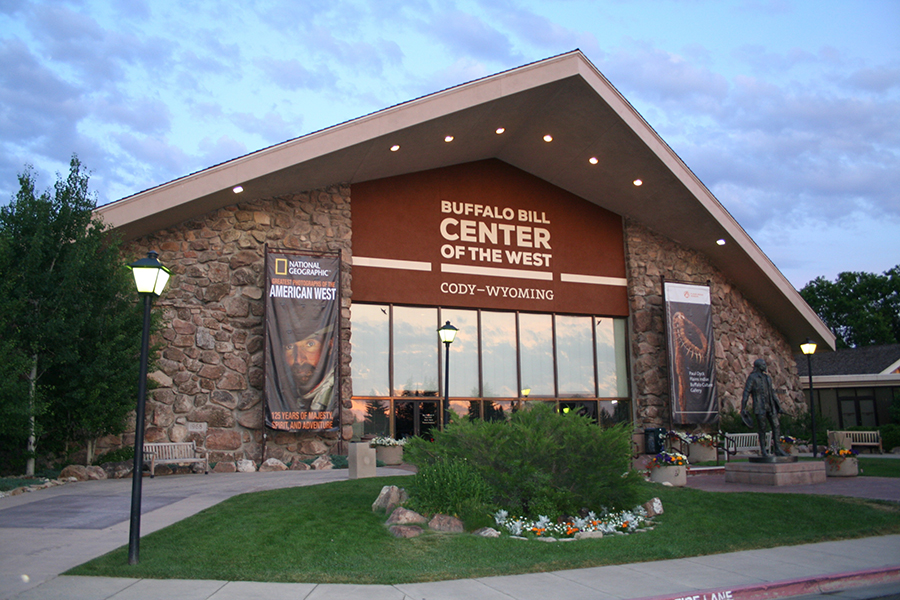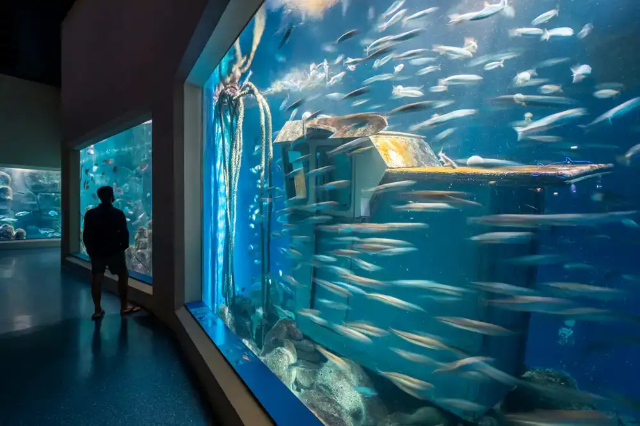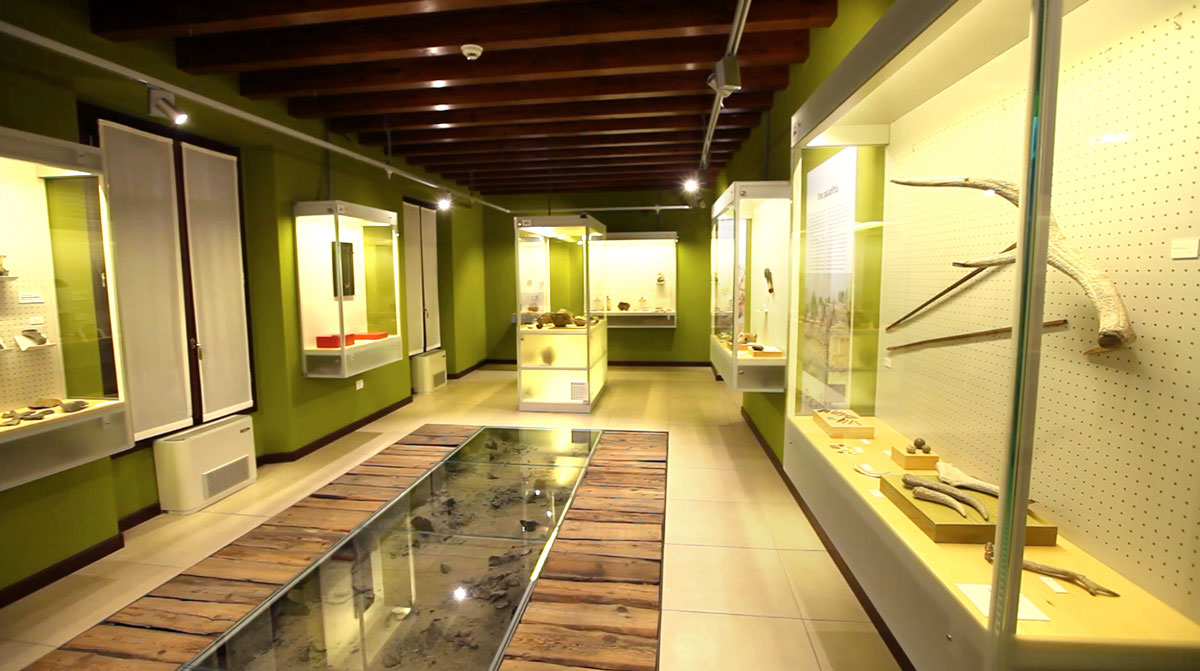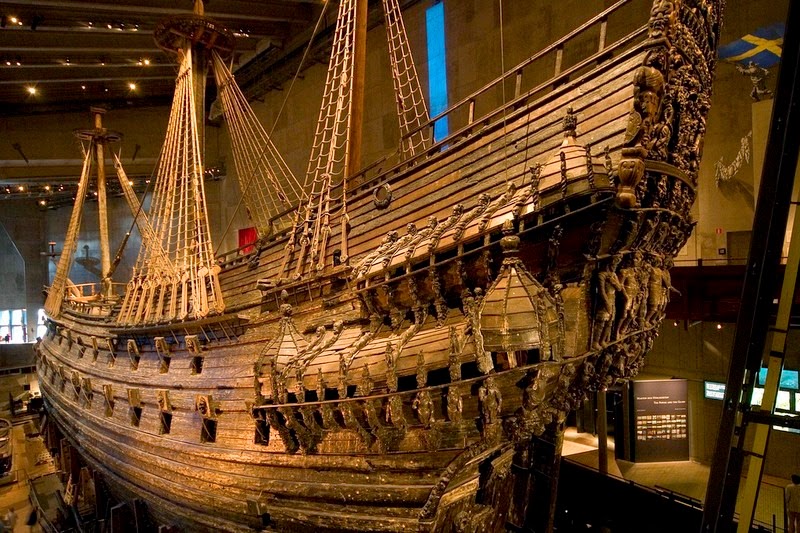The Poldi Pezzoli Museum is a house museum located in the centre of Milan, officially opened on 25 April 1881.
It exhibits works by numerous artists, among them: Perugino, Piero della Francesca, Sandro Botticelli, Antonio Pollaiolo, Giovanni Bellini, Michelangelo Buonarroti, Pinturicchio, Filippo Lippi, Andrea Mantegna, Jacopo Palma il Vecchio, Francesco Hayez, Giovanni Battista Tiepolo, Jusepe de Ribera, Canaletto, Lucas Cranach il Vecchio, Luca Giordano.
The palace that houses the museum dates back to the 17th century and was purchased by Giuseppe Pezzoli – ancestor of Gian Giacomo Poldi Pezzoli – at the end of the 18th century.
The architect Simone Cantoni (1736 -1818) had adapted it in neoclassical style, with a large internal English garden full of statues and fountains. Between 1850 and 1853 Gian Giacomo entrusted Giuseppe Balzaretto (1801-1874) with a further modification, at the same time as he renovated his apartment.
It was born as a private collection of Gian Giacomo Poldi Pezzoli and his predecessors, in particular his mother: Rosa Trivulzio. Rosa, daughter of Prince Gian Giacomo Trivulzio, came from a noble family of men of letters in close contact with the best minds of Milanese Neoclassicism and with poets such as Vincenzo Monti and Giuseppe Parini.
Inherited palace and estate at the age of majority, Gian Giacomo dedicated himself to the enlargement of the collection. Initially he concentrated on the purchase of weapons and armour (at that time in great demand as collector’s items). For over a year he travelled throughout Europe, coming into contact with other collectors and numerous exhibitions, including the first international ones.
Always sensitive to the contributions of artists and thinkers from all over Europe, which he often hosted, Gian Giacomo ranged in interests from armoury to painting, from fabrics and tapestries, from glass to ceramics, from jewellery to applied arts.
